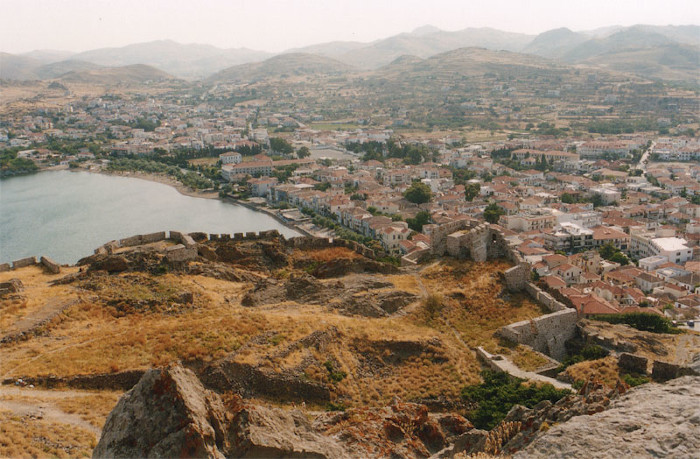The Archaeological Museum of Lemnos is located in Myrina. It is housed in a unique architectural building on the Roman beach and has been operating since 1961. Visitors will admire unique finds brought to light by excavations in all the archaeological sites of the island. Finds from prehistoric Poliochni, Kaveria, Hefaistia but also prehistoric Koukonisi (a small island in the Gulf of Moudros). Ancient vases, coins and statuettes, shining legacies of Limnia that deserve everyone's admiration. The highly edited, (scientifically and aesthetically) exhibition follows the chronological development of the history of Lemnos. On the ground floor are the finds of the prehistoric period from Poliochni, Koukonnissi and Myrina as well as sculptures, tombstones and inscriptions from Lemnos and Imbros. On the second floor, the finds from Kaverio, Hefaistia and Myrina are exhibited, among them the wonderful Sphinxes and Sirens as well as the sacrificed sacred bull from the sanctuary of Artemis. From the classical and Hellenistic Lemnos, the visitor will find wonderful examples of Attic vases and figurines, an exquisite art gallery and in a specially air-conditioned space he will admire jewelry, tools and coins. The visit gains additional interest due to the tasteful and functional explanatory signs, maps and photographs from the excavations and archaeological sites of the island. From the classical and Hellenistic Lemnos, the visitor will find wonderful examples of Attic vases and figurines, an exquisite art gallery and in a specially air-conditioned space he will admire jewelry, tools and coins. The visit gains additional interest due to the tasteful and functional explanatory signs, maps and photographs from the excavations and archaeological sites of the island. From the classical and Hellenistic Lemnos, the visitor will find wonderful examples of Attic vases and figurines, an exquisite art gallery and in a specially air-conditioned space he will admire jewelry, tools and coins. The visit gains additional interest due to the tasteful and functional explanatory signs, maps and photographs from the excavations and archaeological sites of the island.
Editor: Fotini Anastasopoulou
